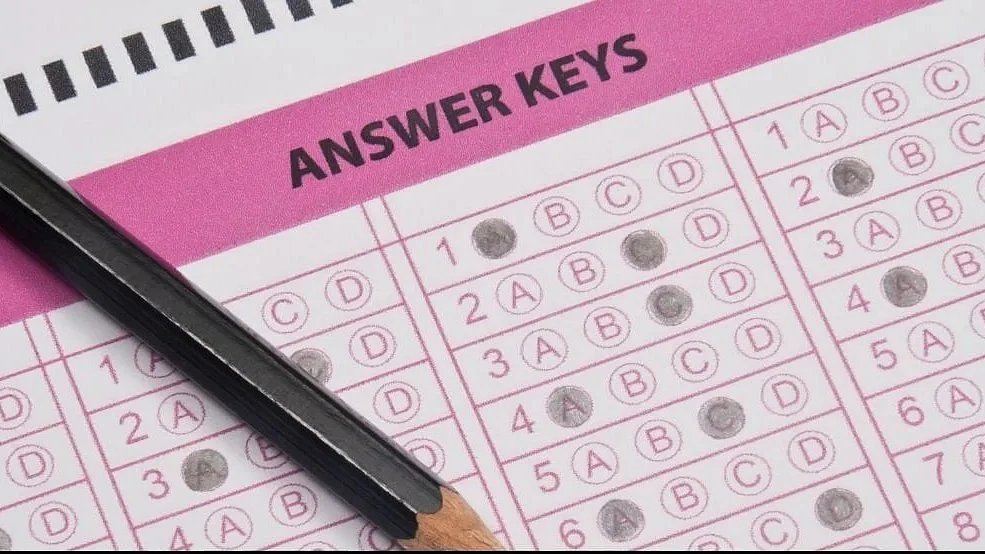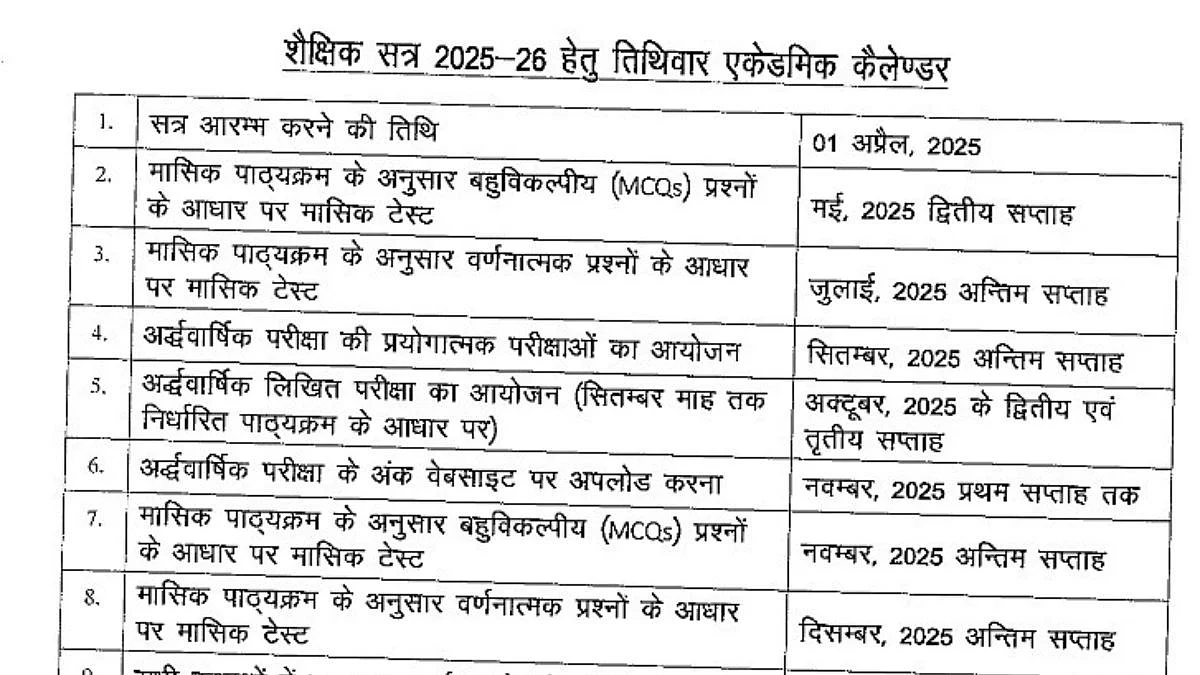The United States and the United Kingdom are still the most popular places to study abroad, but the sweet fragrance of cherry blossoms from Japan is not far behind.
A growing number of younger people have made Japanese language study a priority in recent years. The interest in the language is growing, even though it does not always lead to formal study in Japan.
And Amchi Mumbai seems to be ground zero for this trend.
The underlying grammar structure of Japanese and the Marathi language is quite similar, and certain words even have the same meaning, according to Gargee Rajesh Shirodkar, a Business Service Assistant at Fujitsu. “My Japanese classes at Mumbai University in 2015 helped me to quickly become proficient because of the many grammatical parallels between Japanese and the languages spoken in India” He also noted that certain words in Japanese can be traced back to other languages, including Urdu and Sanskrit.
Gargee adds that various Indian and Japanese cultural norms, such as making sacrifices to the gods (shagun) and taking off one's shoes at the door, are comparable. “I like how words, idioms, and aesthetic expressions in the Indian and Japanese cultures are similar in meaning and sound,” he explains.
Indians appear to be learning Japanese either via language apps or attending formal classes. While initially, it was formal classrooms, these days online learning has taken over.
The Japanese Language Proficiency Test (JLPT) is widely accepted as a standardised test of non-native speakers' ability to understand and communicate in Japanese. N5, N4, N3, N2, and N1 are the JLPT's five levels. There are five progressively more challenging levels, with N5 being the easiest. The N4 indicators of how well one understands ordinary Japanese in various contexts.

Jill Bhatlekar |
Students, professionals see benefits of Japanese
Jill Bhatlekar, a teenager who has been studying Japanese for nearly a year, is currently at the N5 competency level. “The expansion of trade between India and Japan has created several opportunities, and I hope to take advantage of them by attending university in Japan, the country is so beautiful,” she said. This teenager says that “learning Japanese is a bit tough, to begin with since some grammar patterns are difficult but later the beauty of the language just takes over. Jill loves Japanese food, especially sushi, katsudon, onigiri, tempura, and udon, and often pictures herself eating Japanese food with the local people in Japan. As a piece of advice, Jill encourages youngsters to learn some language as the future is definitely brighter with the knowledge of an additional global language.

Preshit Keskar |
Restaurateur Preshit Keskar spent 2012–2014 immersed in the Japanese language and culture. “I was totally in love with the language and took up formal classes. I was dedicated to learning this language in totality,” he said. Since 2012, the number of Indians taking Japanese language classes has steadily increased, leading Keskar to believe that the country has great potential for the Japanese language.
“I felt like learning a European language was becoming a craze, so I decided to try something new. "I chose to study Japanese since it's relatively easy for Indians to pick up and there weren't too many people studying it at the time.”
This restaurateur acknowledges that learning any language, not just Japanese is tough at the start but it is all worth it when you pick up the nuances. “In my opinion, passion is required to learn any language. While learning a new language is tough, it is absolutely valuable. The capacity to communicate in more than one language enhances a person's reputation and adds value to their professional brand, leading to more job chances. However, being an Indian has some advantages, as we learn Sanskrit at a young age, and many languages share words with similar pronunciation making it a smoother experience.”
Mr Keskar would love the opportunity to visit Japan “as my research regarding Japan's history and culture has left me intrigued and I'd certainly thrive upon the opportunity to visit this magnificent country whenever I get the chance,” he confesses.
Teachers begin to understand language's significance
Not just learners but teachers are as enthralled with Japanese and understand the significance of this mighty Asian language.
The ability to speak more than one language is increasingly prized in today's globalised world. Sheetal Desai, a teacher of Japanese, claims that Japanese has "risen to prominence in recent years."
According to Ms Desai, "learning Japanese can benefit Indian students in a variety of ways," including "broadening their horizons," "giving them a competitive edge," and "enriching their life."











